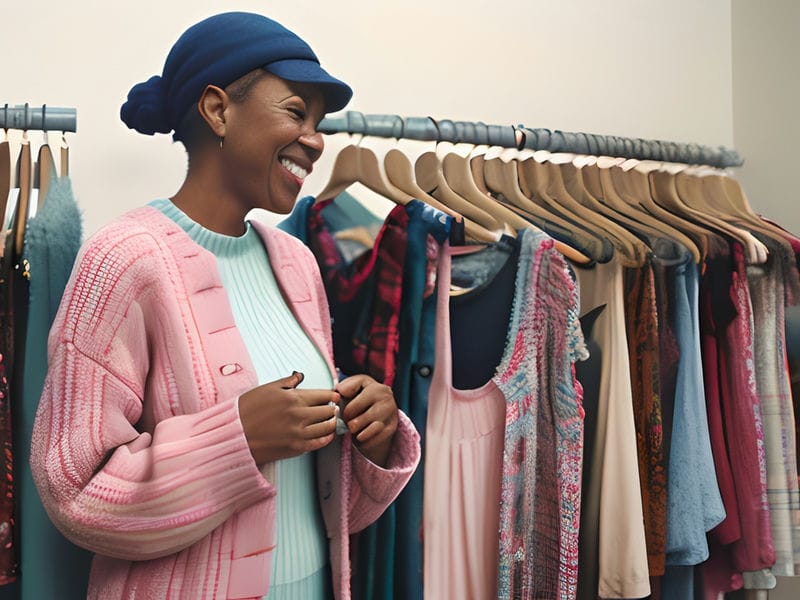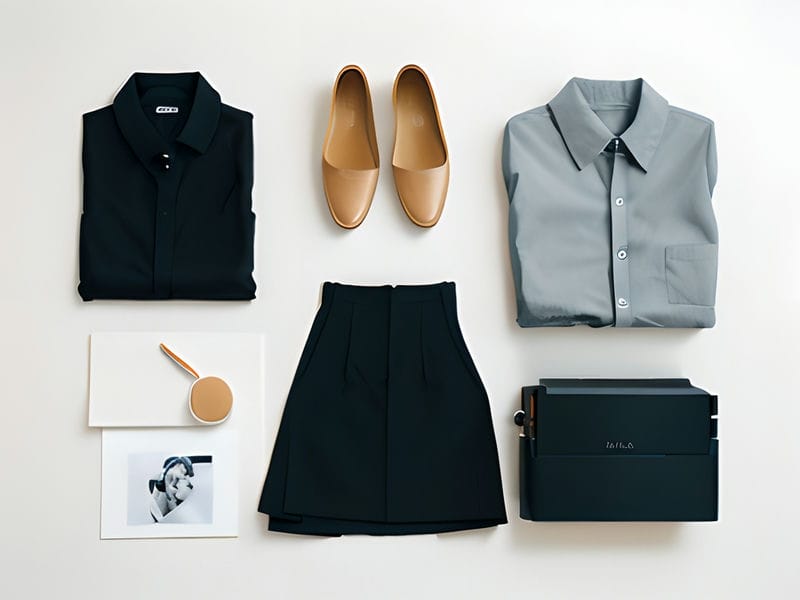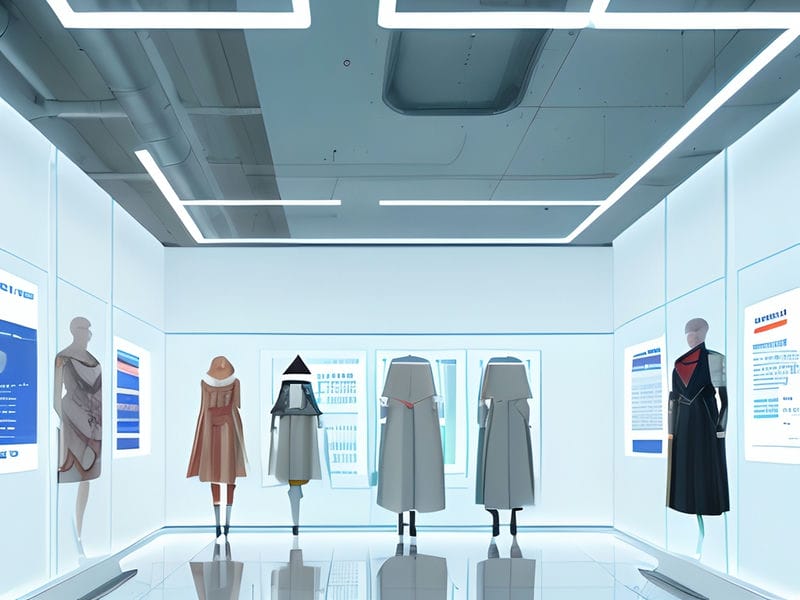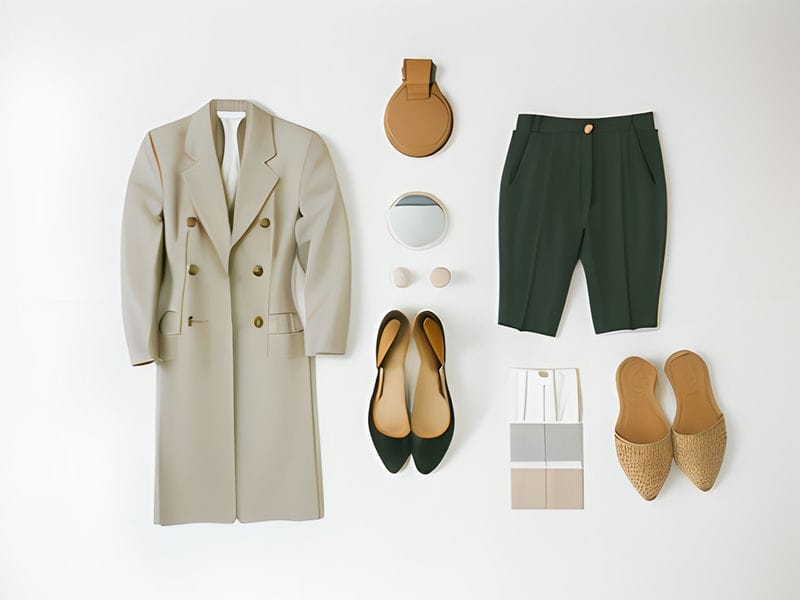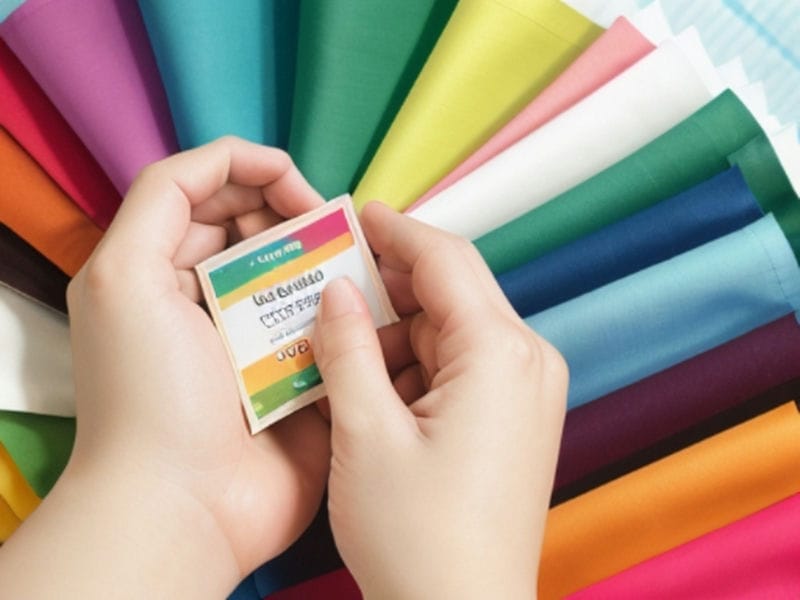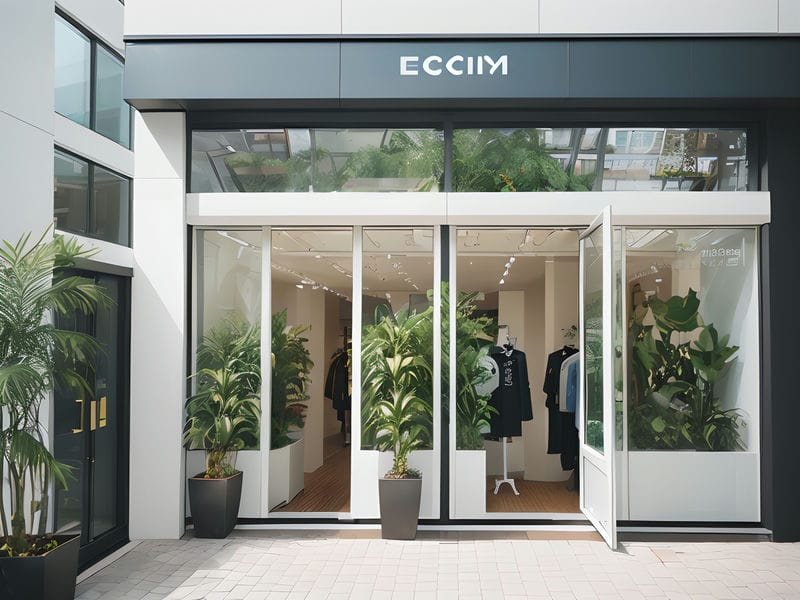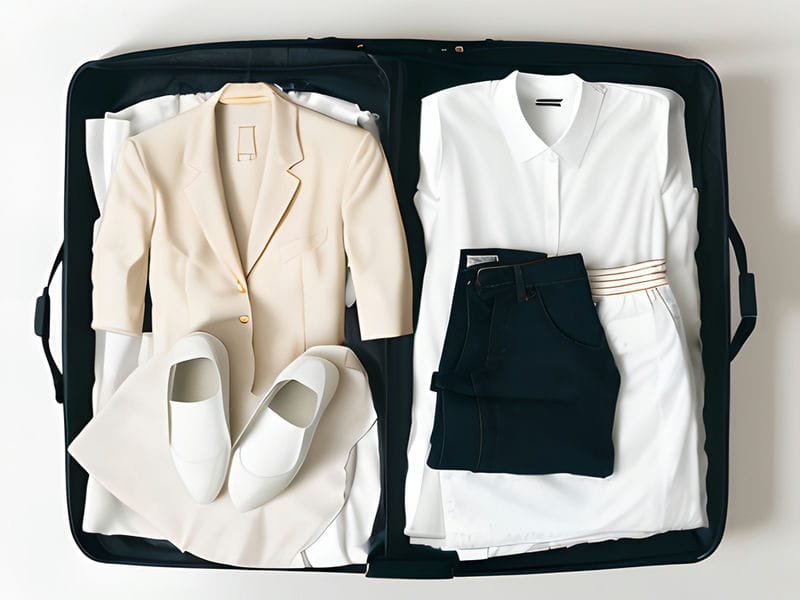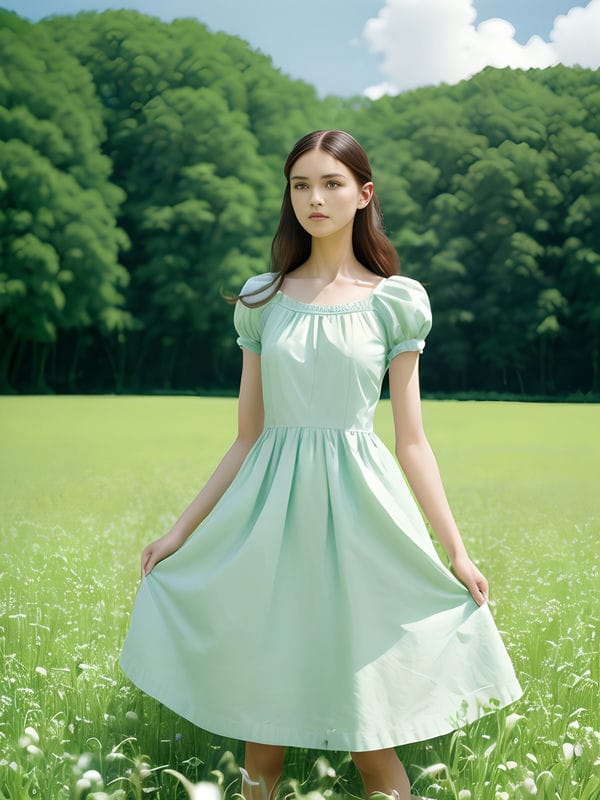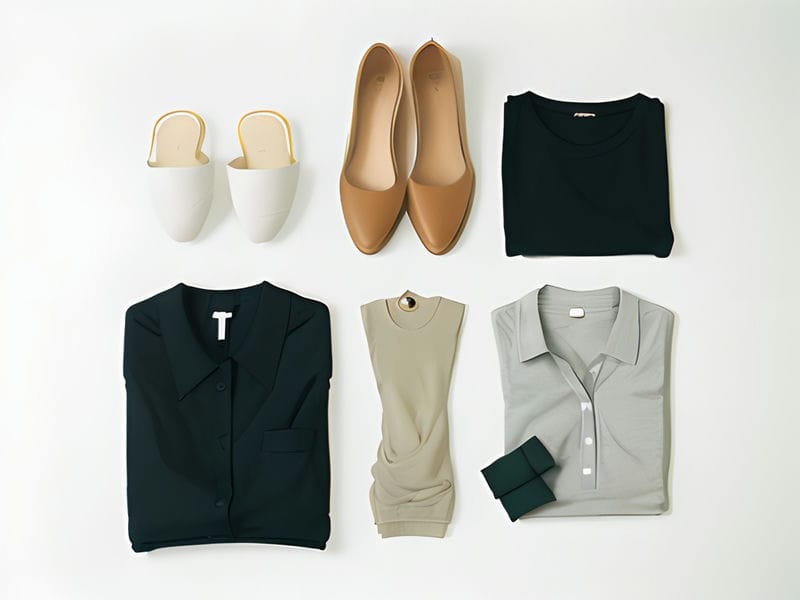
Understanding the Benefits of Made-to-Order Fashion
The shift from traditional retail to online sales channels
Made-to-order fashion offers a wide range of customization options that allow customers to create clothing that perfectly suits their style, preferences, and body shape. One of the key benefits of made-to-order fashion is the ability to choose from a variety of fabrics, colors, patterns, and styles to create a truly unique and personalized garment.
Piatex is a sustainable alternative to leather How Second-hand Retail is Shaping the Future of Fashion Bluesign Certification. Recycled materials help reduce landfill waste Ethical and Eco-Friendly Clothing Slow Fashion.
Customers can select their preferred fabric type, such as cotton, silk, wool, or linen, based on their comfort level and the desired look of the garment. They can also choose from a wide range of colors and patterns to create a garment that reflects their personal style and complements their existing wardrobe.
In addition to choosing fabric and color options, customers can also customize the fit of their garment by providing detailed measurements or opting for alterations based on their body shape. This ensures that the final product fits perfectly and flatters their figure in all the right places.
Furthermore, customers can add personalized details such as embroidery, embellishments, or monograms to make their garment even more special and one-of-a-kind. These customization options allow customers to express themselves creatively through their clothing choices and stand out from the crowd with unique pieces tailored specifically for them.
Overall, the customization options available for made-to-order clothing provide numerous benefits for customers who value individuality, quality craftsmanship, and personalized service. By choosing made-to-order fashion, customers can enjoy clothing that is truly reflective of their style preferences while supporting sustainable practices in the fashion industry.
